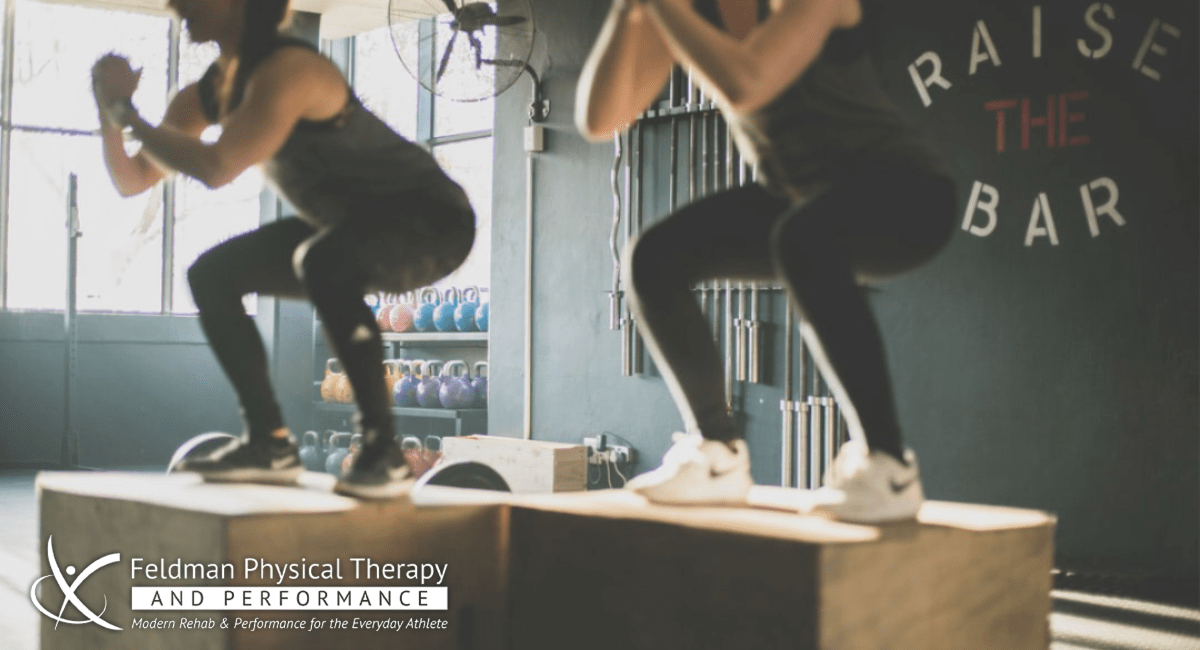
Avoid Injuries In The New Year
January 4, 2020
Use Power Wisely: Plyometric and Ballistic Exercises
January 19, 2020Why The Quick Fix Isn’t Always The Answer
Stop Trying to Rush Your Rehab
The new year is here, and 2020 fitness goals are in full swing. I’m taking a step away from my recent motivational series of posts, to discuss something that I think needs to be addressed. If you didn’t catch my pre-new years series on improving your fitness routine, building resilience or improving your performance, check them out here.
None of us like being in pain and what we hate even more is not being able to do the things we love. So why do we always try to find the “quick fix”?
I can assure you that the internet, infomercials, and false advertising don’t help. Nor does our “on-demand” society. Do you know how much false information is out there? Be cautious when self-diagnosing and treating via Dr. Google. Injuries plaguing performance are best helped by the appropriate healthcare provider.
Individuals come in and tell me the plethora of things they’ve tried to heal themselves. Often, they consist of things they’ve heard through the grapevine or found via internet searches. Common treatments include ignorance, rest, icy-hot, bio-freeze, ice, heat, random braces, internet exercises, supplements, injections, etc..
What one should know is we cannot rush recovery. So called “instant-fixes” rarely help to heal the problem. Granted, they may make them feel better for a short period of time, they’re very likely to re-appear without being addressed properly. Recovery is a multi-modal process. It also varies from person to person. We are all built differently, we heal differently and live differently.
| Type of Injury | Healing Times |
| Muscle Strain | 0 Weeks-6 Months |
| Ligament Sprain | 0 Weeks-1 Year |
| Tendon Injury | 2 Weeks- 6 Months |
| Bone Injury | 4 Weeks- 1 Year |
| Surgical Repair (Ligamentous) | 6 Months- 2+ Years |
Here is a list of generalized tissue healing times for varying injuries. What I want you to notice is the variability of time frame. Just because one person may heal in 2-3 weeks, doesn’t necessarily mean the same for you!
There are varying grades of injury based upon the severity of the tissue strain, sprain or break. For a general rule of thumb, the higher the grade of strain or sprain, of the more severe the break, the longer it will take for tissue healing!
The fact that most people fail to acknowledge, is that just because a tissue is healed, it does not mean that it, or you, are ready to return to activity.
For example, have you ever rested after an injury, you feel better, and then return to activity only to have pain again? Yes, rest does have healing properties; however, a tissue needs to re-structure and regain adaptability to task after an injury. It needs to have the appropriate strength and elasticity and be able to tolerate stress placed upon it in different movements. Don’t let your pain-free state after rest fool you! Rest is not always best!
Aside from tissue healing times and a proper exercise routine, our daily lives impact how we heal. Appropriate sleeping habits, nutritional intake and stress monitoring (physically and emotionally) make a huge impact on our bodies capability to produce the proper chemicals to assist in tissue healing and regenerative processes. Yes, research continues to recommend 8+ hours as well as a proper diet of protein, fat, vegetables, fruits and carbohydrates!
If you’re suffering from an injury, have tried your “quick fix” and don’t know what to do next, do not hesitate to contact us! Try sleeping more, eating healthier and seek help when necessary! Although it may take longer than you hope, we’re here to get you back on your feet and doing what you love best without risk of re-injury! Let’s get rid of the band-aid and help fix the actual problem.

Ashley Witson, PT, DPT





